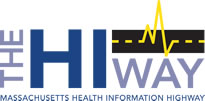
HealthFirst Family Care Center is a Federally Qualified Health Center located in Fall River. The organization was formed out of a need for accessible medical and dental care for residents, and has been in operation for nearly 40 years. HealthFirst’s mission has always been to be a resource for patients, regardless of language, income, cultural barriers, or financial concerns. The center serves minority communities and its service area has expanded to include the Portuguese, Hispanic, Cambodian, African American, and Brazilian Portuguese populations in the region.
Challenge
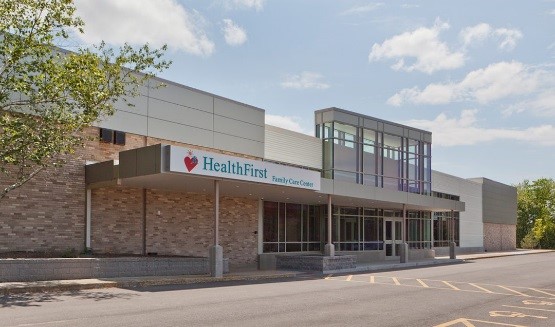
HealthFirst has diligently worked with other organizations in the area to provide quality care for its patients. For this purpose, the center invested in Electronic Health Record (EHR) technology and participated in the Medicaid EHR Incentive Program* to maximize its investment.
To be eligible to earn the EHR incentives, HealthFirst had to attest to meeting the program’s Meaningful Use (MU) objectives, which require participants to utilize electronic Health Information Exchange (HIE) in their clinical operations. The HIE requirements become progressively more demanding with each MU stage. While HealthFirst had earned EHR incentives for prior Program Years (PY), it was unable to attest to meeting the more stringent MU Stage 3 HIE requirements for PY2019. The center therefore reached out to MeHI, the Massachusetts eHealth Institute, for assistance in meeting the HIE objective for PY 2020.
Solution
To exchange information with other providers, HealthFirst utilizes eClinicalWorks and the eClinicalDirectPlus HISP for Direct Messaging, and uses the Provider Directory within eClinicalWorks to find the Direct Addresses of care providers with whom they need to exchange information. As they sent messages, HealthFirst identified issues within the Provider Directory that hindered their ability to send referrals electronically. Additionally, their care providers continually struggled to get in contact with the right person at hospitals that served the same patients to obtain the documentation needed for those patients. As a consequence of these challenges, HealthFirst was unable to meet the Stage 3 HIE objective for PY 2019.
Support from MeHI
MeHI offers Technical Assistance to healthcare providers who participate in the Medicaid EHR Incentive Program. When the MeHI team became aware that HealthFirst had been unable to attest to Meaningful Use Stage 3 in PY 2019, the Technical Assistance team offered their support to help HealthFirst make the adjustments necessary to attest to Meaningful Use for PY 2020.To ensure success, the Technical Assistance team and the MeHI HIway Account Management team collaborated to identify the issue. A HIway Account Manager was assigned through HAUS Services to manage the project and successfully resolve the HIE issue for the healthcare providers at HealthFirst.
Support from HAUS
HIway Adoption and Utilization Support (HAUS) Services are offered free of charge by the Mass HIway to assist organizations in the effective deployment of HIE to enhance care coordination. The assistance is provided by HIway Account Managers. Several Account Managers assisted HealthFirst with identifying a trading partner and designing an HIE use case that meets the requirements of Meaningful Use Stage 3.
A HIway Account Manager worked with HealthFirst to learn about the issues that stopped the center from attesting to Meaningful Use. The Account Manager discovered that the Provider Directory was not up to date, and that this was a root cause for the inability to send referrals. The Account Manager then connected HealthFirst with their EHR vendor, eClinicalWorks, to discuss whether updates to the Provider Directory were occurring on time, and how to resolve the concerns.
“Without the [HAUS] team, we would have never been able to accomplish this feat. They did all of the work. Finding the correct implementation team on the Southcoast side would have been a time consuming process in itself, so I am very happy [our Account Managers] took everything into their own hands.”
– James McCarthy, Information Technology and EMR Director, HealthFirst
If you or your organization is interested in implementing HIE workflows, or to learn more about the support available, please contact masshiway@state.ma.us.
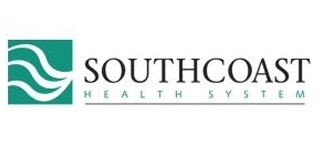
Implementation
With their HIway Account Managers’ assistance, HealthFirst implemented new workflows enabling them to send referrals to Southcoast Health System’s care providers and to receive electronic Discharge Summaries from hospitals in the area.
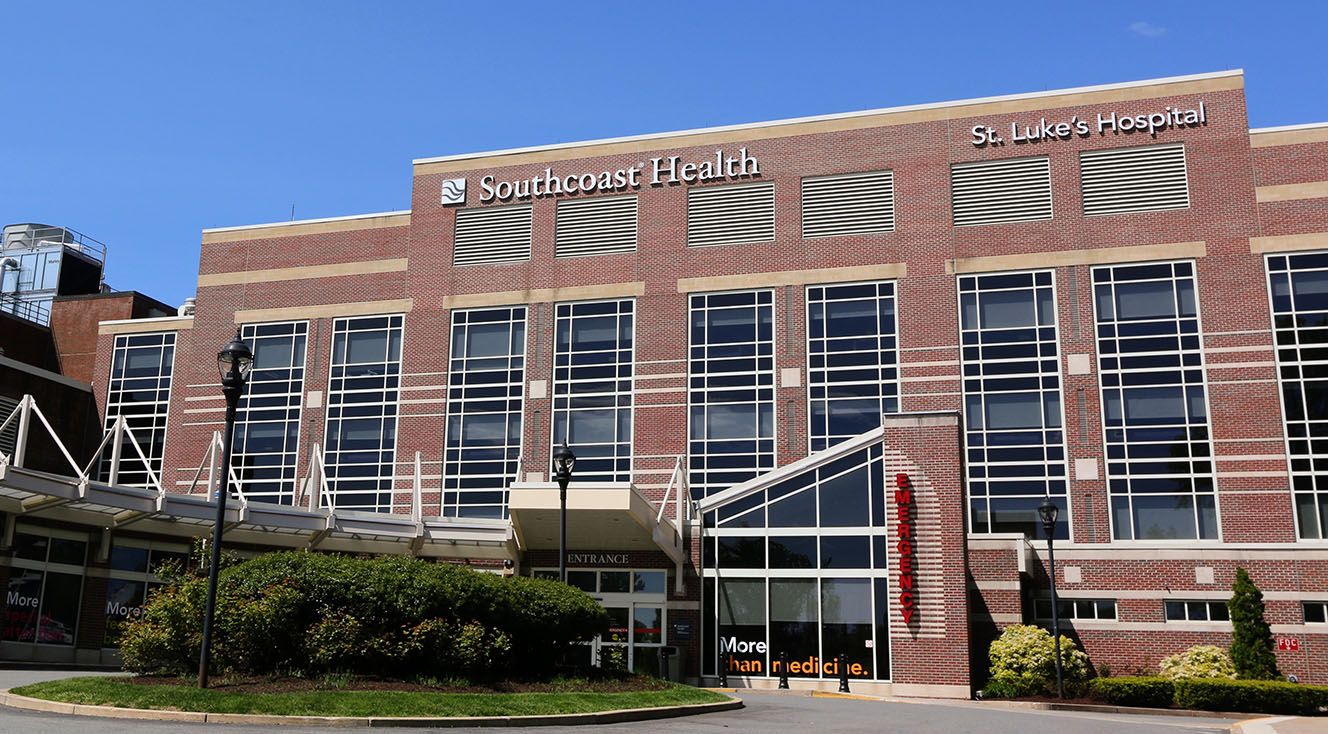
The solution automatically incorporates the electronic Discharge Summaries received from the hospitals into the patients’ electronic health records. Clinicians can document all follow-up visits as a Transition of Care and attach the information from the electronic communications to the progress notes. This solution covers the technical abilities needed for meeting the Stage 3 HIE requirements.
“Interoperability has become a necessity and expectation in safely and efficiently caring for patients across the care spectrum. Southcoast maintains a steadfast commitment to securely share both locally through partners like the Mass HIway, and more broadly through Epic’s Care Everywhere and the Carequality networks. This combination helps improve our ability to share or receive patient information when our patients need it most, where they need it most.”
– Jim Feen, SVP and CIO, Southcoast Health
Benefits
Before the new workflows, HealthFirst mainly received faxes to document a summary of Emergency Room visits, which risked loss of details in the process of a provider receiving a fax and then adding the data manually to the patient’s records. With the implementation of the electronic workflows, the center was able to move away from faxing.
In the new HIE solution, patient medications, problem and allergy lists, and other necessary data are incorporated directly into the patients’ records, reducing the likelihood of errors or details being missed in the Transition of Care follow-up appointments.
The electronic exchange also expanded the scope of information HealthFirst receives from the hospitals. The center now receives Discharge Summaries for inpatient and urgent care visits from Southcoast, and the summaries include more information than previously conveyed by fax.
For instance, the new workflows allow for additional materials such as lab reports, x-rays, or other relevant data to be sent or received. Faxed reports were typically between four to five pages, whereas an electronic Discharge Summary can range from six to 80 pages depending on the information to be exchanged. Inpatient hospital visit reports can be even longer if necessary.
Challenges
Initially, there were no major challenges that HealthFirst faced when incorporating the new workflows into their routines. However, because the electronic Discharge Summaries are sent so quickly, they do not include the clinicians’ consult notes and plan of action that were previously included with faxed reports. HealthFirst is working with the HIway Account Managers and the partner hospitals to overcome this challenge.
Impact
After the new workflows had been implemented, HealthFirst was able to meet the Stage 3 HIE requirements to “Send Transitions of Care” and “Accept and Incorporate Summaries of Care” for a continuous 90-day Meaningful Use reporting period, as required to earn EHR incentives.
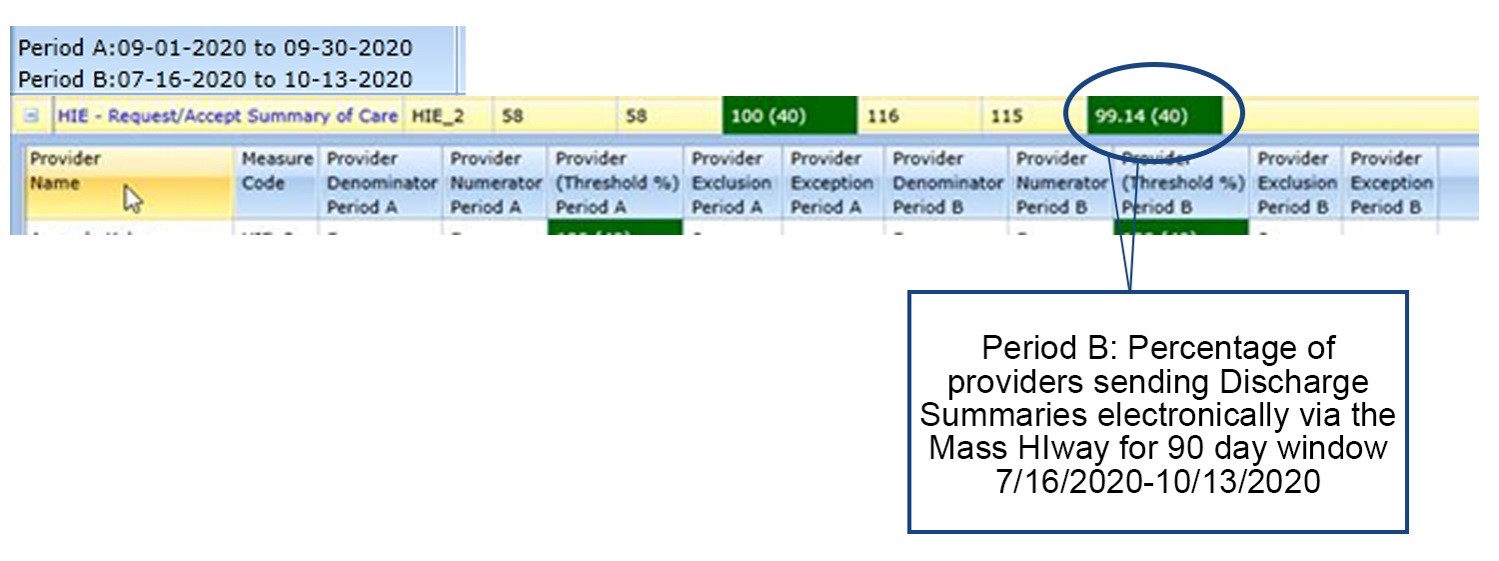
After the implementation of the new workflows, the percentage of messages received electronically increased dramatically. For the selected 90-day Reporting Period from 7/16/2020 to 10/13/2020 (Period B), the Meaningful Use Dashboard above shows that 99.14% of Summary of Care documents were accepted electronically. There were a few instances at the beginning of the implementation where summaries continued to be sent via fax, but as the new workflows were incorporated, these cases became rare. As a result, HealthFirst is now in a position to be able to exceed the required Meaningful Use thresholds for sending, receiving, and incorporating information via HIE.
Timeline
HealthFirst started working with the Meaningful Use team at MeHI in May of 2020. The HIway Account Managers were brought in to assist in June, and HealthFirst was able to implement the new workflows by August of 2020.
Moving Forward
The HIway team provided HealthFirst with a list of Direct Addresses of Southcoast care providers that the center can use to send referrals. Vice versa, Southcoast received a list of identified HealthFirst care providers and now sends Discharge Summaries to HealthFirst. The center has successfully received Discharge Summaries from the hospital in a PDF format that can be imported into the patient records within the eClinicalWorks EHR. HealthFirst also receives CCD/CCDAs from Southcoast, which are imported directly into the corresponding sections of the patients’ progress notes.
With the implementation of the new workflows, HealthFirst is on track to successfully attest to Meaningful Use for PY 2020. Additionally, HealthFirst is working with other partner hospitals to implement additional workflows to allow future receipts of additional Discharge Summaries and referral information.
* Medicaid EHR Incentive Program (a Promoting Interoperability program)
Supported by the ‘Health Information Technology for Economic and Clinical Health (HITECH) Act’ of 2009, eligible hospitals and healthcare professionals across the United States have modernized their information technology infrastructure. The HITECH Act, which is part of the ‘American Reinvestment & Recovery Act’ (ARRA), regulates the Medicare and Medicaid EHR Incentive Programs. These programs incentivize eligible care providers who serve Medicaid and/or Medicare patients to invest in Certified Electronic Health Record Technology (CEHRT).
To earn EHR incentives, eligible care providers must meet the programs’ Meaningful Use objectives. There are five priorities that the Meaningful Use objectives were designed to achieve:
1. Improve quality, safety, efficiency, and reduce health disparities,
2. Engage patients and families in their health,
3. Improve care coordination,
4. Improve population and public health, and
5. Ensure adequate privacy and security protection for personal health information.
Meaningful Use Stages 1 and 2, as defined by the CMS (Centers for Medicare and Medicaid Services), set the foundation for organizations to use CEHRT systems. In 2015, CMS released the Meaningful Use Stage 3 objectives. Stage 3 was first required to receive incentives in PY 2019, and is focused on using CEHRT to promote interoperability and improve health outcomes. Furthermore, CMS adapted and renamed the EHR incentive programs, which are now known as the Promoting Interoperability programs. To meet the Stage 3 objectives, participants must use HIE to send and receive Transition of Care documents, via Direct Messaging and/or Query HIE. They must also incorporate and reconcile the data received into their EHR system.
